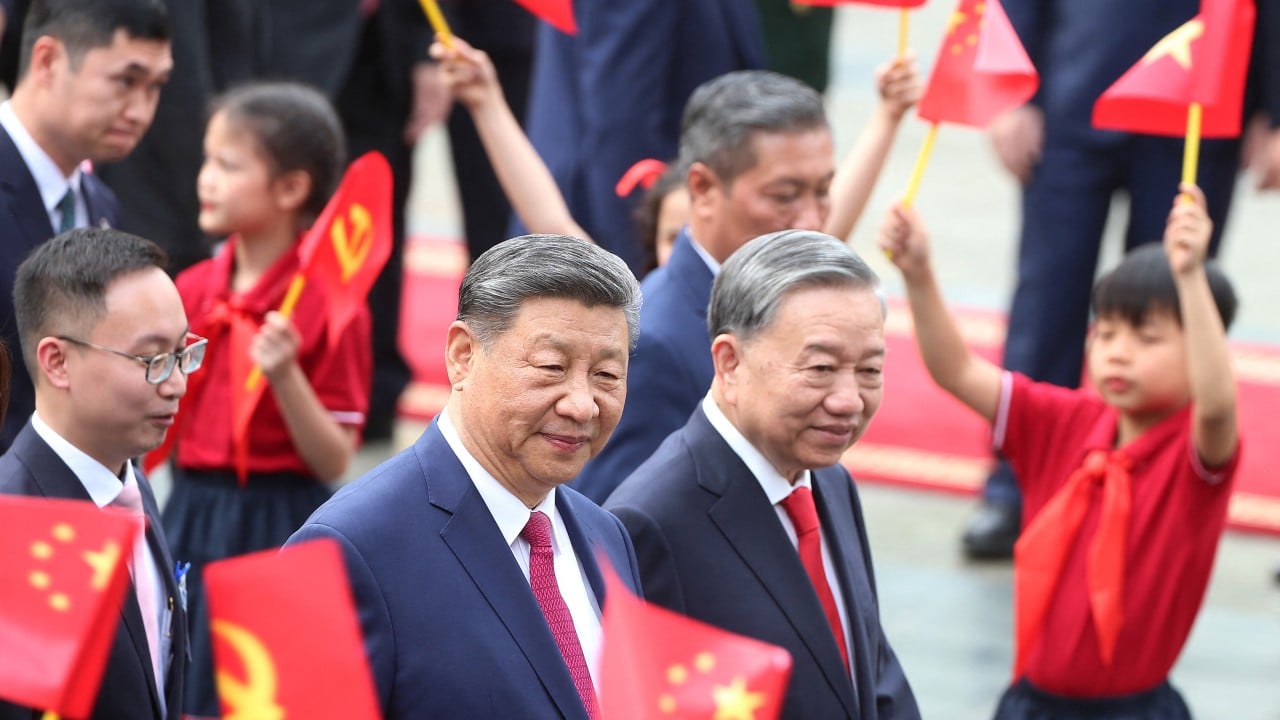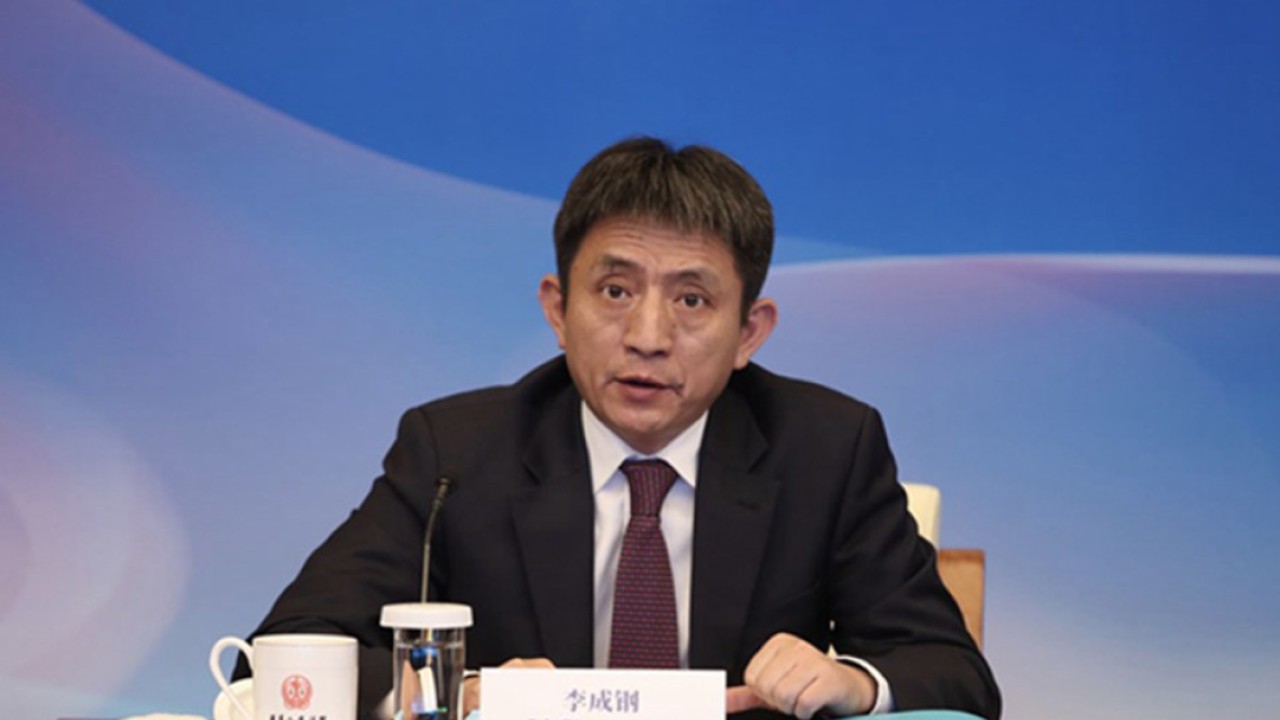
In the busy city of Kunming, capital of southwest Chinas Yunnan Province, a train packed with fresh Thai fruits durian, rambutan and mangoes smoothly presents, starting a journey that will culminate in the fruits circulation across the large Chinese market.
This delivery represents more than simply the transportation of goods its a testament to the growing significance of the China-Laos Railway.By connecting China with Laos, Thailand and other ASEAN nations, the train has ended up being a bridge for local trade, significantly boosting cross-border commerce.
Since the end of last year, the total freight throughput of the train has exceeded 50 million tonnes, consisting of 11.58 million tonnes of cross-border goods, given that its launch on December 3, 2021.
The train vividly highlights Chinas enduring principle of amity, genuineness, shared advantage and inclusiveness, along with its fostering of good neighborliness and friendship.At the main conference on work related to neighboring countries, which was held in Beijing on Tuesday and Wednesday, Chinese President Xi Jinping restated Chinas commitments to developing a community with a shared future with neighboring countries.A statement launched after the meeting highlighted that China relates to community as a crucial structure for nationwide development and prosperity, a key front for securing nationwide security and a top priority location in the nations general diplomacy.Amicable, secure and thriving The meeting stressed China will stay dedicated to fostering a friendly, safe and flourishing neighborhood in line with the principle of amity, genuineness, shared advantage and inclusiveness, an approach put forward by Xi in 2013 in promoting the nations community diplomacy.Speaking at 2014s Central Conference on Work Relating to Foreign Affairs, the Chinese president further elaborated the idea, saying China will cultivate friendship and partnership with nearby countries, develop a friendly, tranquil and flourishing community, and enhance equally beneficial cooperation and interconnectivity.Zhou Fangyin, a professor of worldwide relations at Guangdong University of Foreign Studies, said that the consistency and stability of Chinas neighborhood diplomacy have actually ended up being a popular aspect of certainty in the area versus the backdrop of the rough international landscape.
Over the past decade, China has established diverse and substantive partnerships, cooperative relations and tactical relations of mutual advantage with 28 nearby nations and the Association of Southeast Asian Nations, according to the Chinese Foreign Ministry.Thus, China has solved historical border problems with 12 neighbors & ensp; on land through negotiations and signed the treaties & ensp; of excellent neighborliness and friendly cooperation with 9 neighboring countries.Critical stage Chinas relations with its neighboring nations are currently at their best in contemporary times and are also going into a crucial phase where regional characteristics and worldwide changes are deeply linked, the conference noted.It called for considering both the domestic and international scenarios and coordinating the two significant top priorities of development and security.The Chinese side vowed to deal with its neighbors to combine tactical mutual trust, support regional countries in pursuing advancement paths suited to their respective conditions and properly handle differences.Liu Qing, vice president of the China Institute of International Studies, pointed out that with the world entering a brand-new duration of turbulence and modification, Chinas domestic environment is progressively intertwined with its surrounding environment especially before.Through constructing a community with a shared future with its neighbors, China is strengthening financial, cultural, and ecological combination and cooperation with the neighbors, which are in line with the trend of the times, Liu added.China has actually reached common understandings on developing a neighborhood with a shared future with 17 nearby countries, signed Belt and Road cooperation arrangements with 25 neighboring countries, worked to synergize the Belt and Road Initiative with the cooperation strategies of ASEAN and the Eurasian Economic Union, and stayed the largest trading partner of its 18 next-door neighbors.

 17
17















